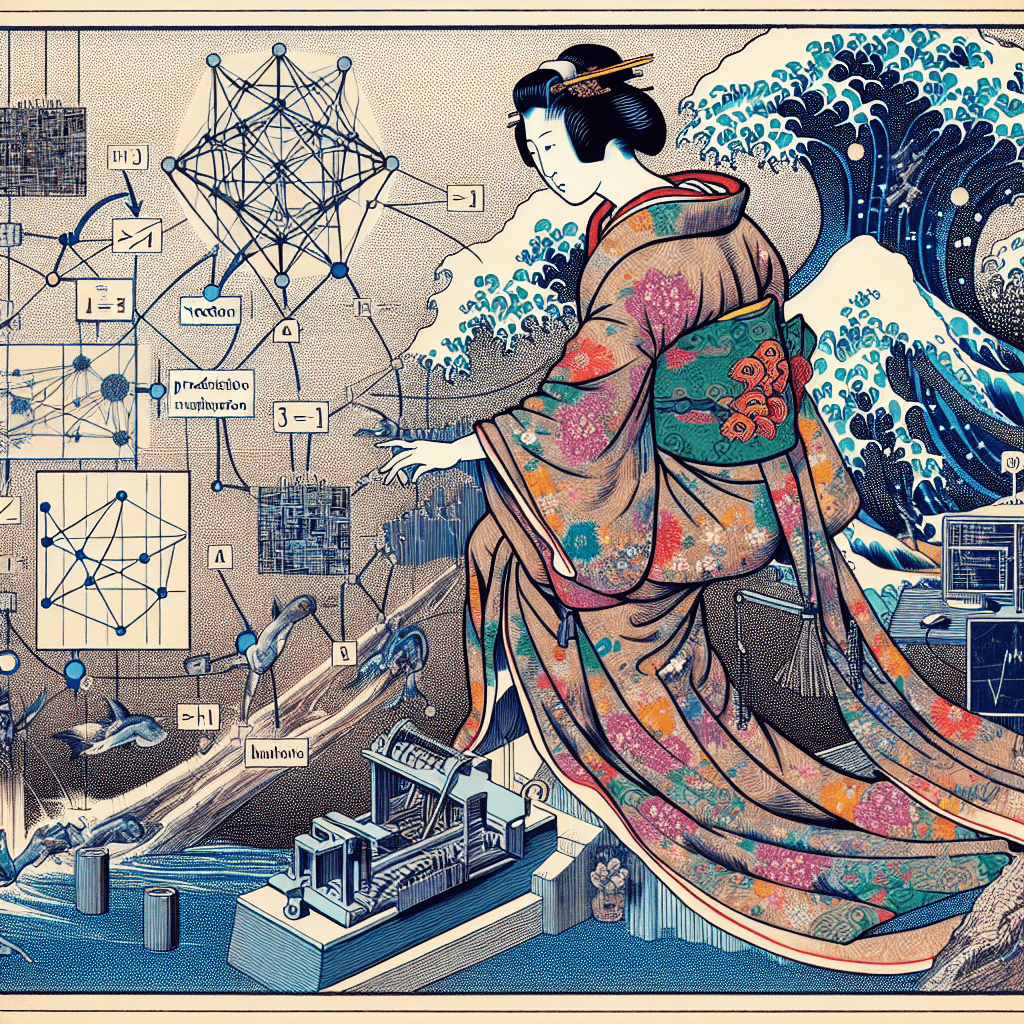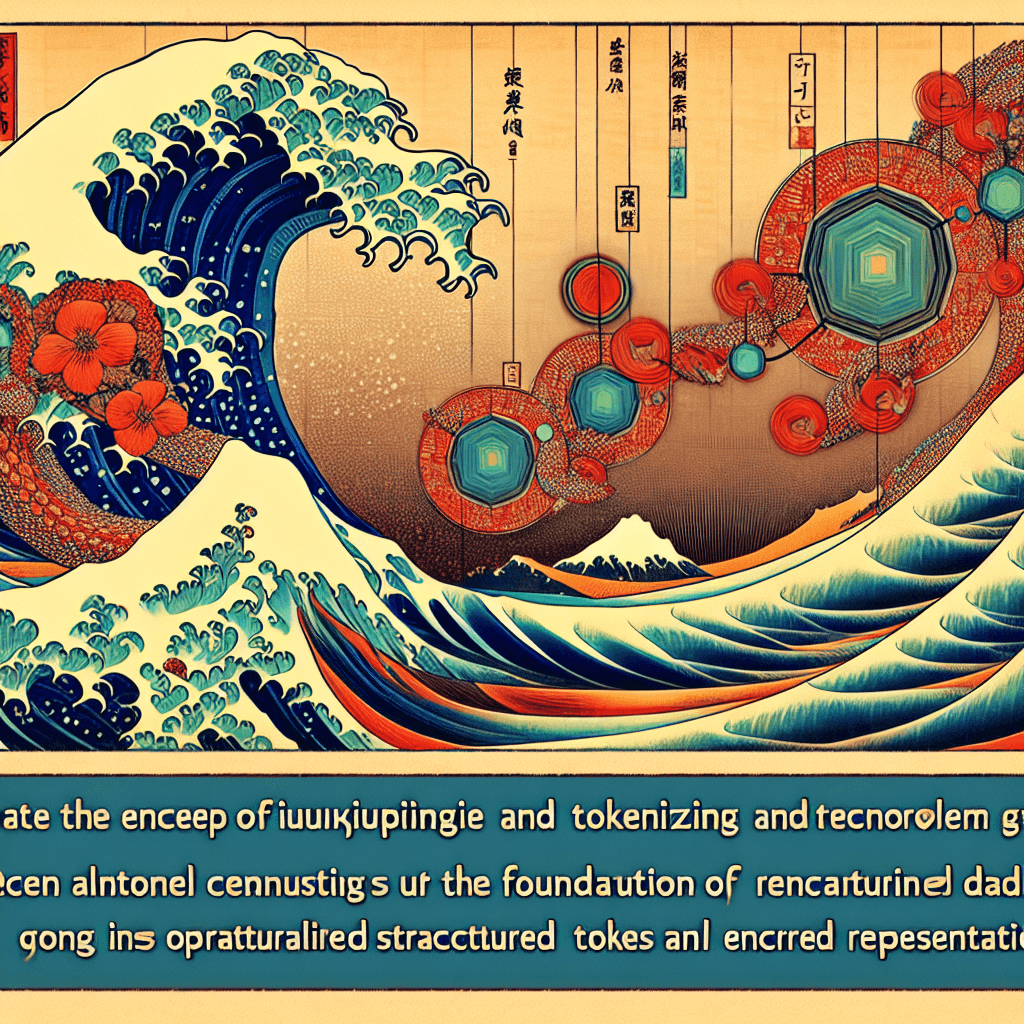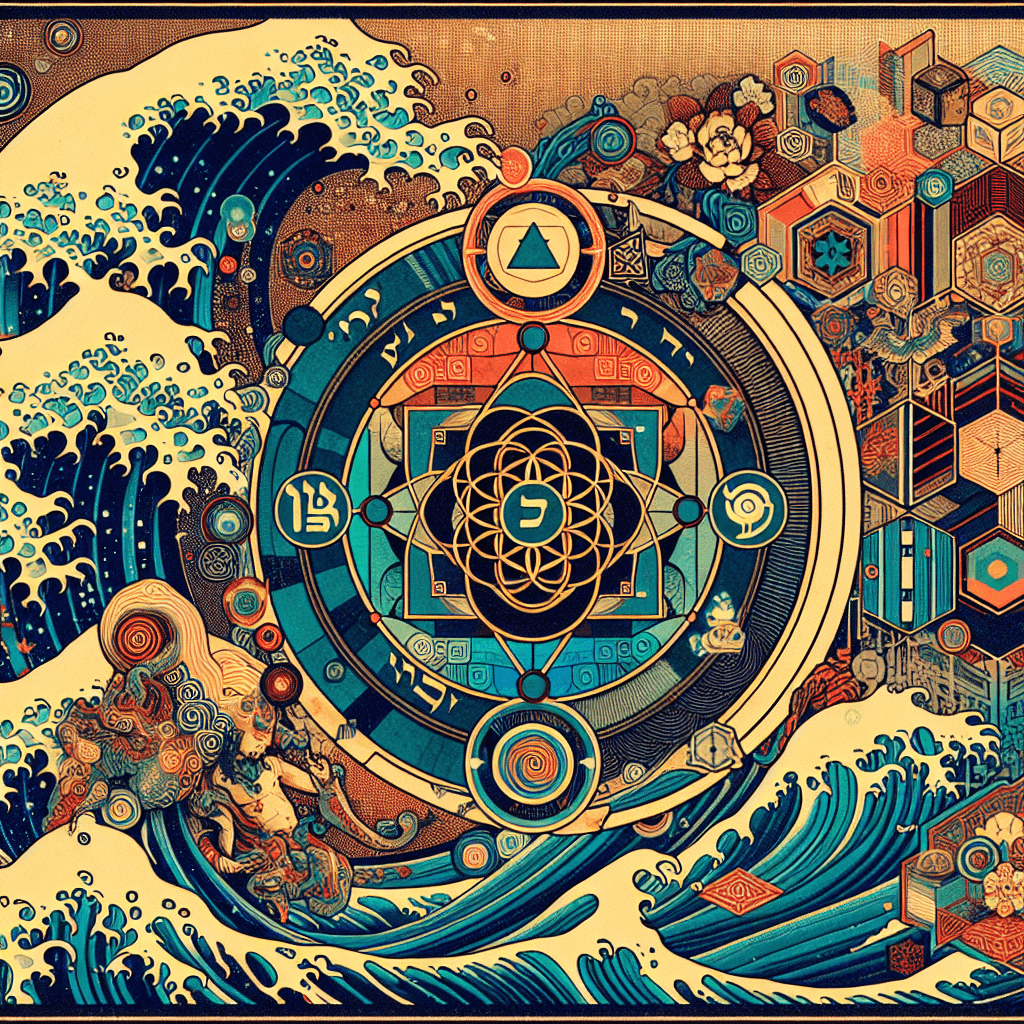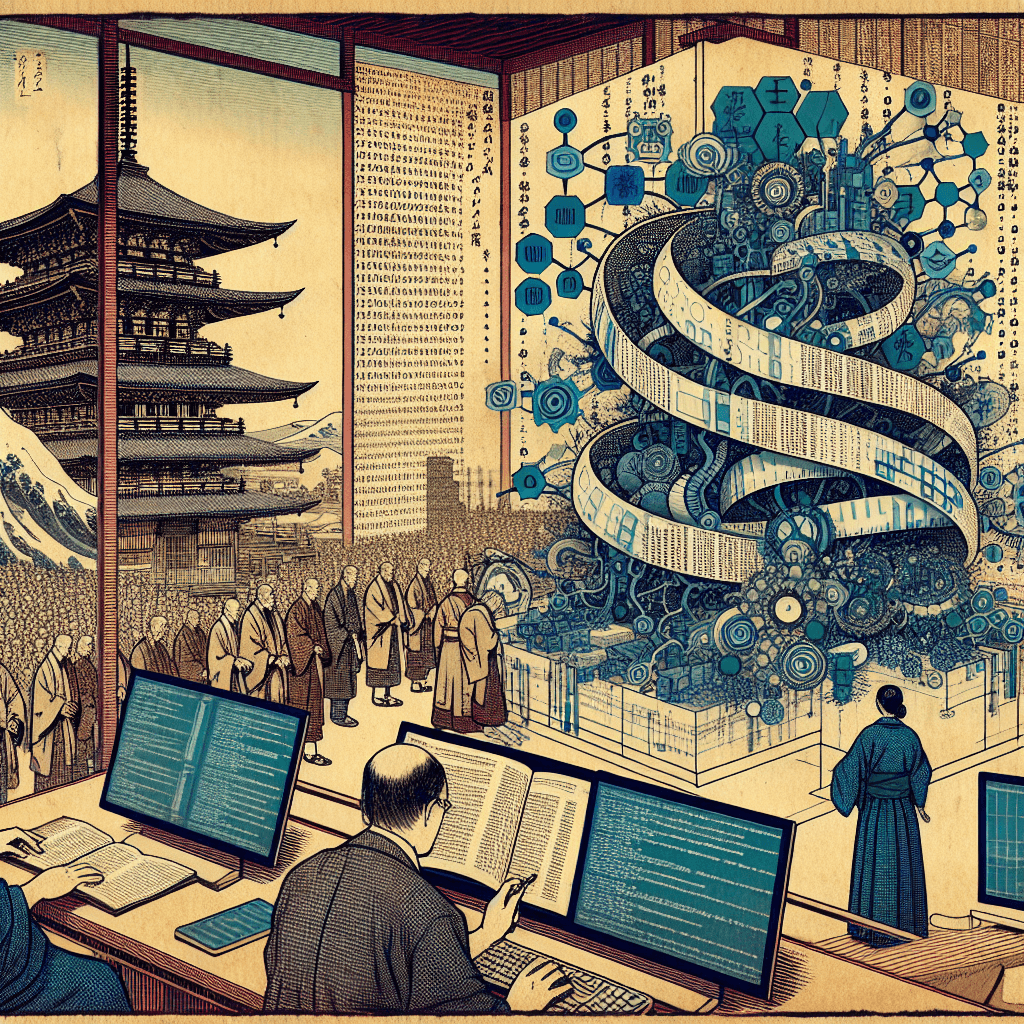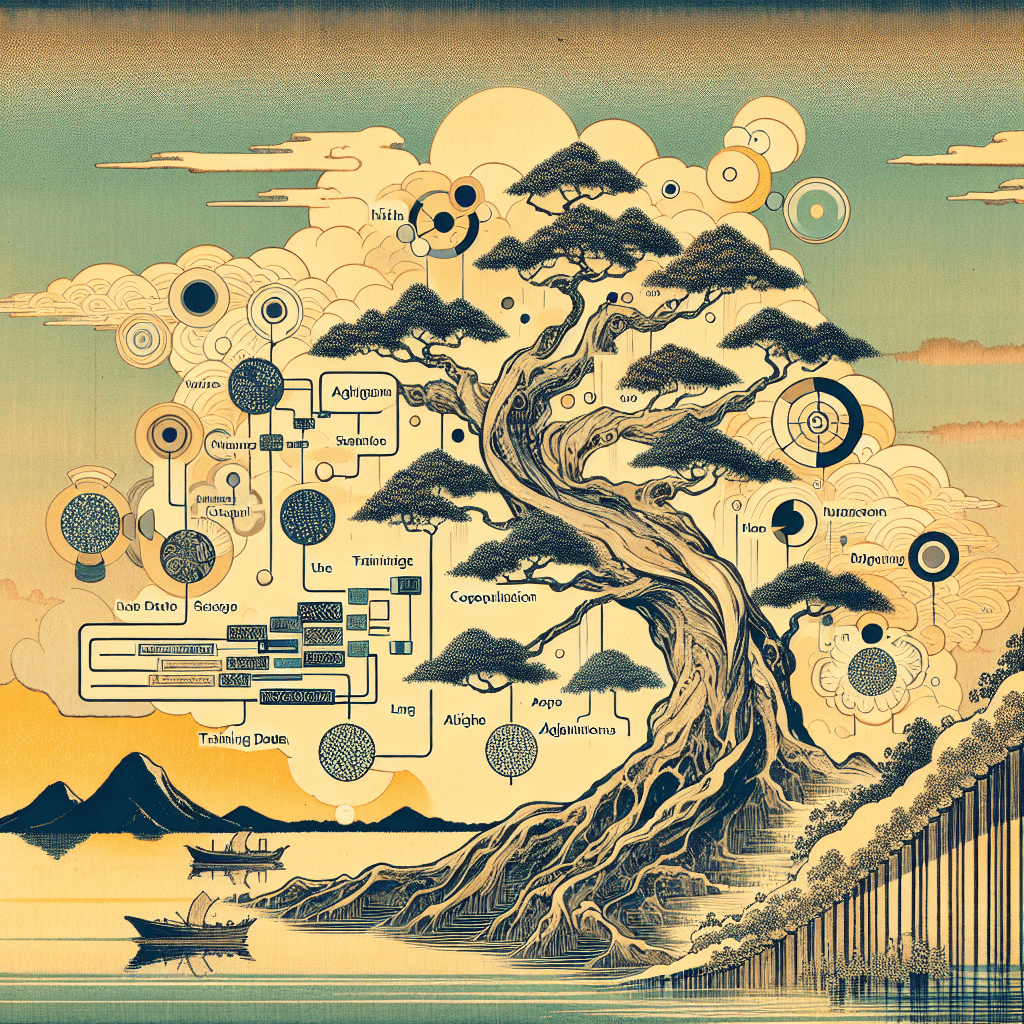Advances in Transformer Models: From BERT to Vision Transformers
syndu | June 4, 2023, 6:46 a.m.
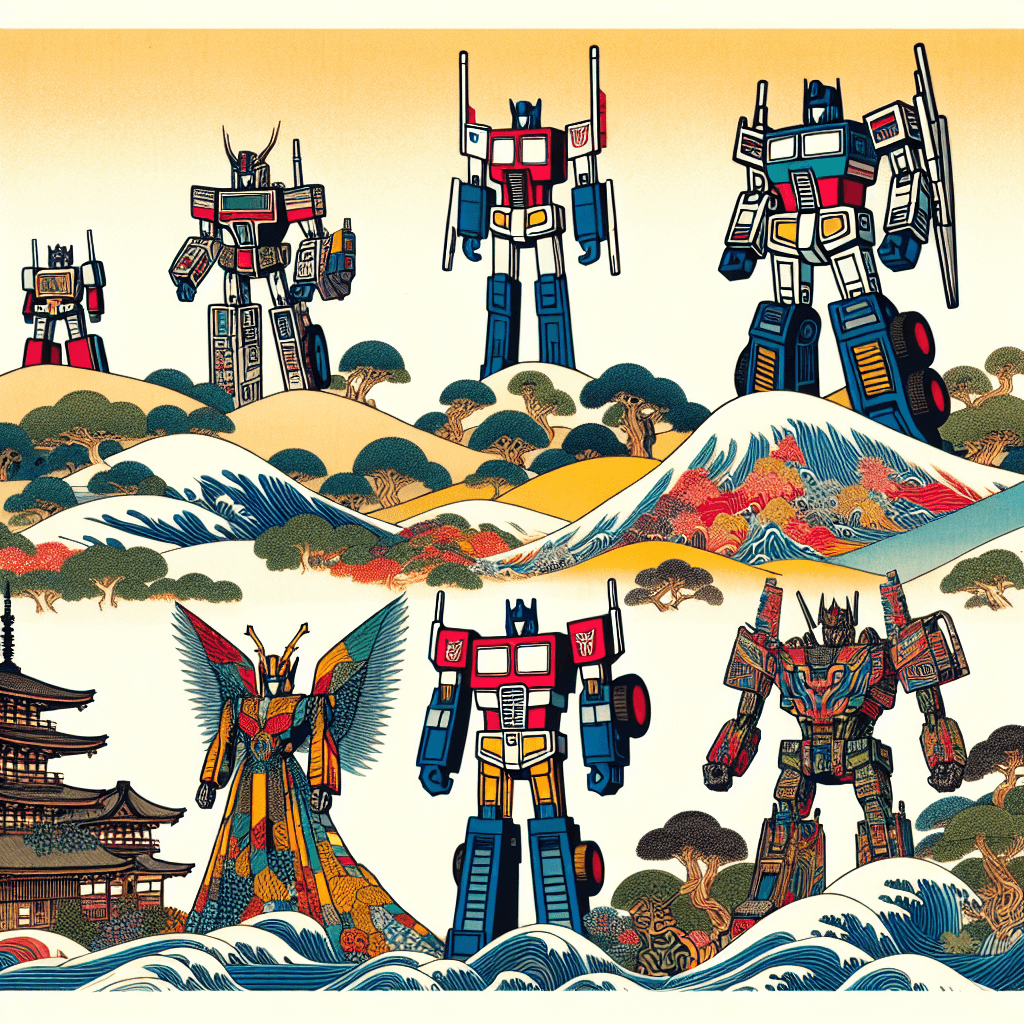
Advancements in Transformer Models
Since the introduction of the Transformer model in the 2017 paper "Attention is All You Need," there have been numerous advances and variations of the original architecture. Some of the most notable developments include:
- BERT (Bidirectional Encoder Representations from Transformers): BERT, introduced by Google AI in 2018, is a pre-trained Transformer model that uses bidirectional context for a deeper understanding of language. It has achieved state-of-the-art results on various NLP tasks, such as sentiment analysis, question-answering, and named entity recognition.
- GPT (Generative Pre-trained Transformer): Developed by OpenAI, GPT is a series of Transformer models (GPT, GPT-2, and GPT-3) designed for language generation tasks. GPT-3, the latest version, has 175 billion parameters and has demonstrated impressive performance in various tasks, including translation, summarization, and even programming.
- T5 (Text-to-Text Transfer Transformer): Introduced by Google Research in 2019, T5 is a pre-trained Transformer model that reformulates all NLP tasks as text-to-text problems. This unified approach simplifies the process of applying the model to a wide range of tasks.
- RoBERTa (Robustly Optimized BERT Pretraining Approach): RoBERTa, proposed by Facebook AI, is an optimized version of BERT that uses larger batch sizes, more training data, and longer training time to achieve improved performance.
- DistilBERT: Developed by Hugging Face, DistilBERT is a smaller, faster version of BERT that retains most of the original model's performance while requiring fewer computational resources.
- ALBERT (A Lite BERT): ALBERT is another variation of BERT that reduces the number of parameters and computational requirements by using factorized embedding parameterization and cross-layer parameter sharing.
- Vision Transformer (ViT): The Vision Transformer, introduced by Google Research, adapts the Transformer architecture for computer vision tasks by treating images as sequences of patches. This approach has achieved competitive results on image classification benchmarks.
These are just a few examples of the many advances in Transformer models since 2017. The field of NLP and deep learning continues to evolve rapidly, with new models and techniques being developed regularly.

